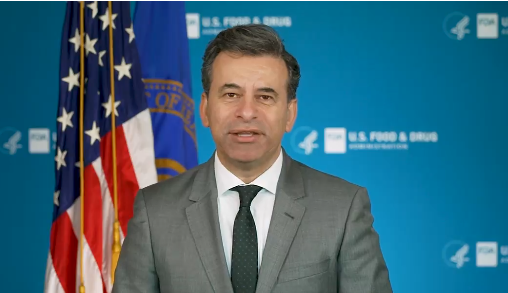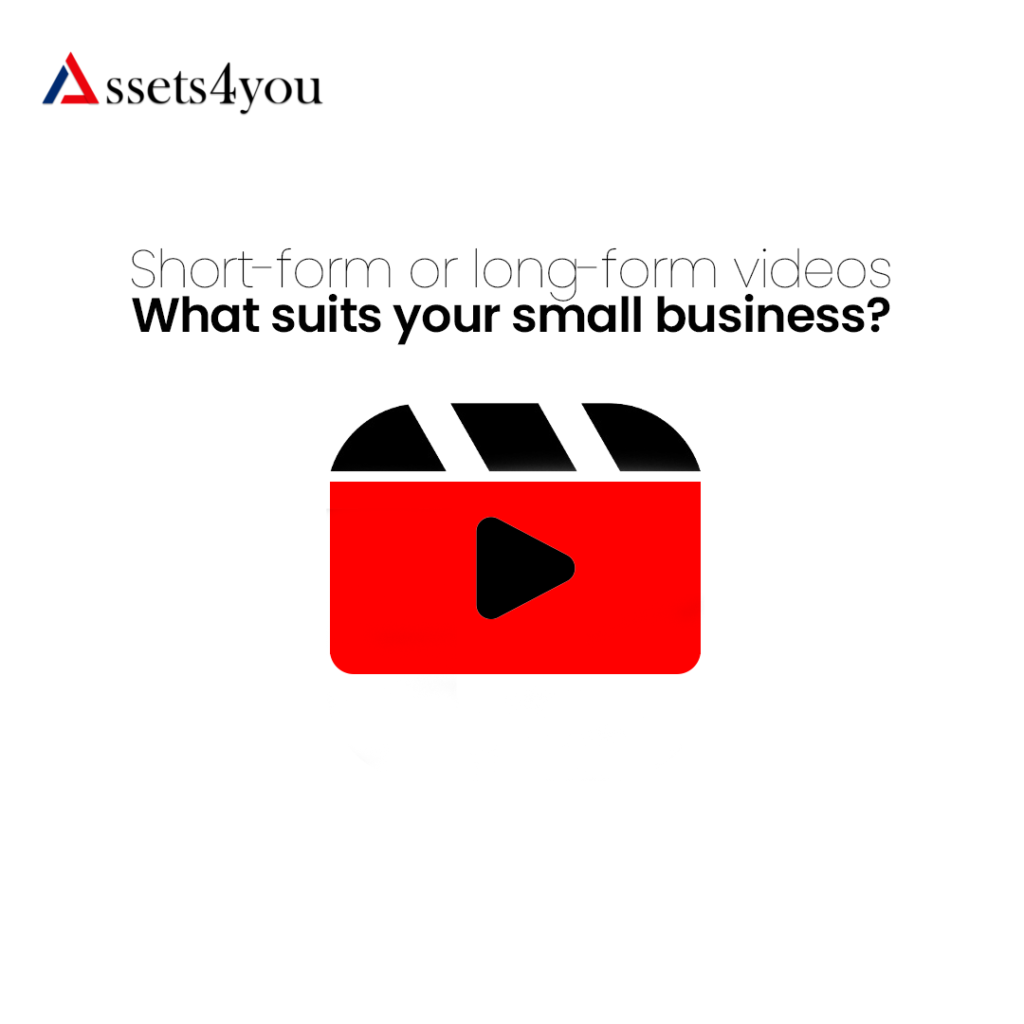Top 10 Digital Marketing Strategies in 2025 to Grow Any Business
Introduction: Why Strategy Is King in 2025
In a digital-first world, marketing isn’t just about being online — it’s about being seen, trusted, and remembered. As algorithms evolve and audiences become smarter, businesses must adopt strategic, data-backed digital marketing to thrive in 2025.
Whether you’re in real estate, e-commerce, or launching a startup, these 10 strategies will help you drive organic traffic, qualified leads, and measurable ROI.
1. Full-Funnel SEO (Beyond Just Keywords)
Most businesses focus only on ranking pages. In 2025, smart SEO means optimizing the entire buyer journey:
- Top of Funnel (TOFU): Blogs answering broad questions (e.g., “Best areas to invest in real estate 2025”)
- Middle of Funnel (MOFU): Case studies, comparisons
- Bottom of Funnel (BOFU): High-converting service/product pages
Use long-tail keywords like SEO for real estate businesses, startup SEO strategy, and the best digital marketing agency in India to increase visibility.
Bonus: Include structured data, FAQs, and voice search optimization.
2. Video Marketing with AI Tools
Short-form video dominates. Use tools like Pictory, InVideo, or Runway AI to:
- Repurpose blogs into videos
- Create product explainers
- Showcase client success stories
Platforms to target: YouTube Shorts, Instagram Reels, LinkedIn Video
Keyword Tips: Tag videos with phrases like digital marketing trends 2025, video marketing tools, and AI for content creation.
3. Paid Ads with Hyperlocal Targeting
Instead of spending big on broad reach, go micro-targeted:
- For Real Estate: Target city + buyer intent (e.g., “flats in Mohali for NRI buyers”)
- For E-commerce: Retarget past website visitors with personalized offers
Use Google Ads, Meta Ads, and programmatic platforms.
Keywords to include: performance marketing for e-commerce, PPC services India, geo-targeted advertising.
4. Branding That Builds Instant Trust
In 2025, consumers decide in 3 seconds if they trust your brand.
- Use consistent visual identity (colors, logo, tone)
- Design high-converting landing pages
- Add real reviews, certifications, and trust badges
Keywords: brand building for startups, branding agency India, landing page optimization.
5. Automation & Retargeting = More Sales
Use tools like Mailchimp, ActiveCampaign, Meta Pixel to:
- Retarget visitors who didn’t buy or book
- Send automated welcome, cart-abandonment, or follow-up emails
Add WhatsApp automation for higher conversion in India.
Target Keywords: marketing automation tools India, B2B marketing automation, WhatsApp marketing India.
6. Mobile-First, Conversion-Focused Website Design
Over 75% of traffic now comes from mobile. Ensure your site:
- Loads under 3 seconds
- Has clickable CTAs, sticky menus
- Offers clear forms and instant booking/chat options
Tools: Webflow, WordPress + Elementor, Shopify (for e-comm)
SEO Terms to Use: mobile-first web design agency, UX design for startups, responsive website development.
7. Influencer + UGC for E-commerce Boom
Customers trust people, not ads. Partner with:
- Micro-influencers (10k-50k followers)
- User-generated content like customer unboxings, testimonials
Use this content in ads and on landing pages.
Keywords: influencer marketing for e-commerce, UGC content strategy, brand partnerships in India.
8. WhatsApp & KYC-Based Marketing (Real Estate Must!)
WhatsApp has 2B+ users. Use it for:
- Drip campaigns to leads
- Property updates
- Personalised follow-ups using KYC data
Use platforms like WATI or Interakt.
Keywords: WhatsApp marketing tools, real estate lead generation India, CRM for property business.
9. Lead Magnets That Actually Convert
Offer free value to get email/phone:
- Checklists: “2025 Real Estate Investment Planner”
- Free Tools: Budget calculators, SEO audit tools
- Templates: Social media calendar for startups
Promote these with Meta + Google lead ads.
Target Terms: lead generation for startups, B2B lead magnet ideas, high-converting landing pages.
10. Analytics + Growth Hacking
You can’t improve what you don’t track. Set up:
- GA4 + Facebook Pixel
- Heatmaps (Hotjar, Microsoft Clarity)
- A/B Testing on landing pages
Track metrics like CPL (Cost per Lead), ROAS, CTR, Bounce Rate.
Keywords: website analytics tools, CRO for startups, growth marketing agency India.
Final Thoughts: Strategy + Execution = Growth
All strategies above work — only if executed well. If you’re serious about scaling in 2025, don’t just copy trends.
Get a custom strategy designed for your business by experts.
🚀 Want Results Like 75% Sales Growth?
Let our team at Assets4you build and run these strategies for you.
✉️ Contact Us today for a free strategy call and take your business to the next level.
Tags: Digital Marketing 2025, Real Estate SEO, E-commerce Growth Hacks, Startup Marketing, Assets4you, B2B Marketing India, WhatsApp Marketing, SEO for Real Estate, Paid Ads for Startups, Digital Growth Agency











